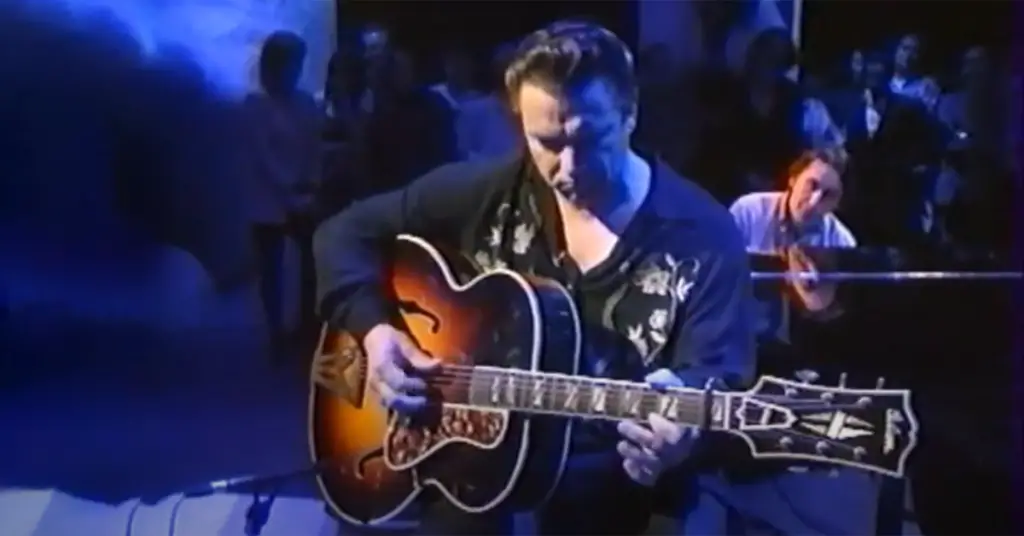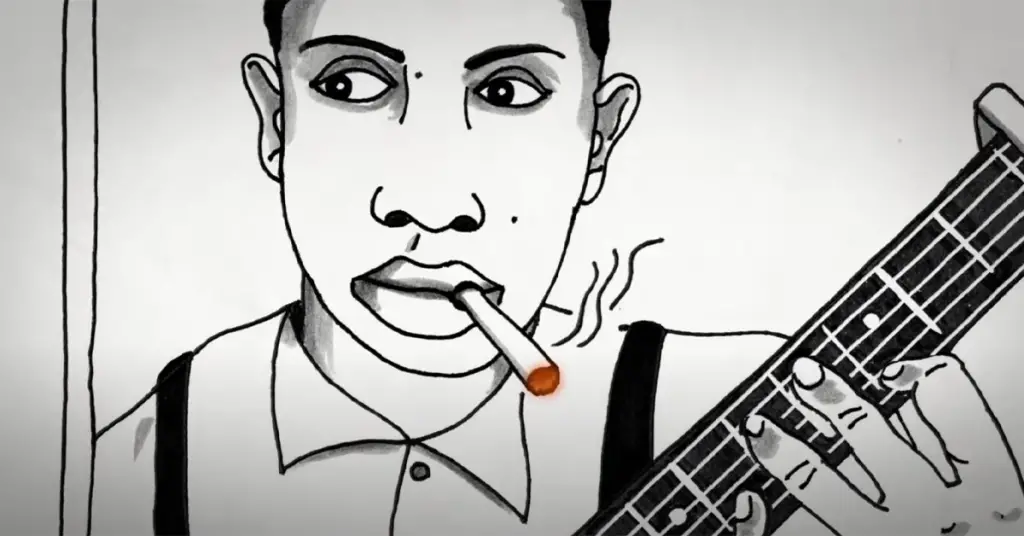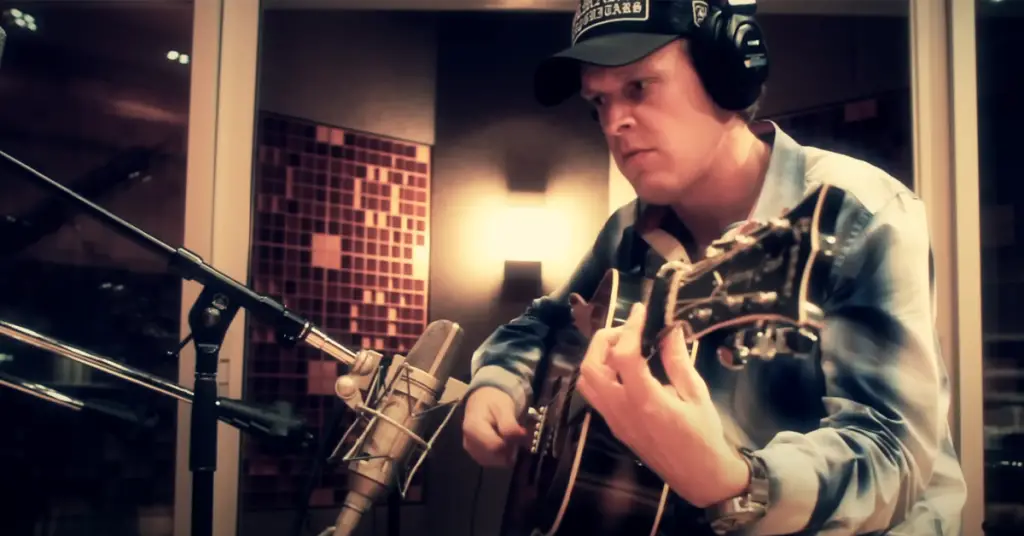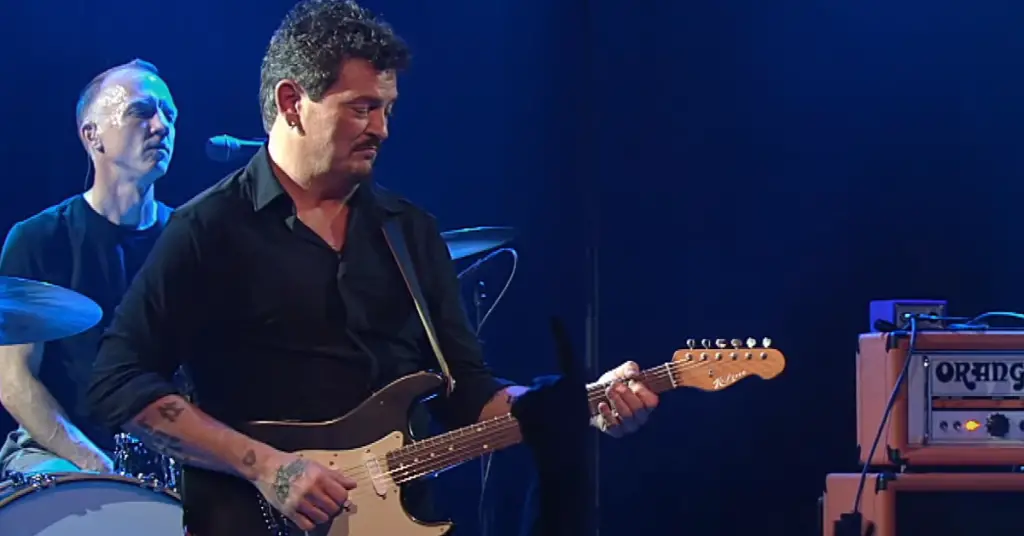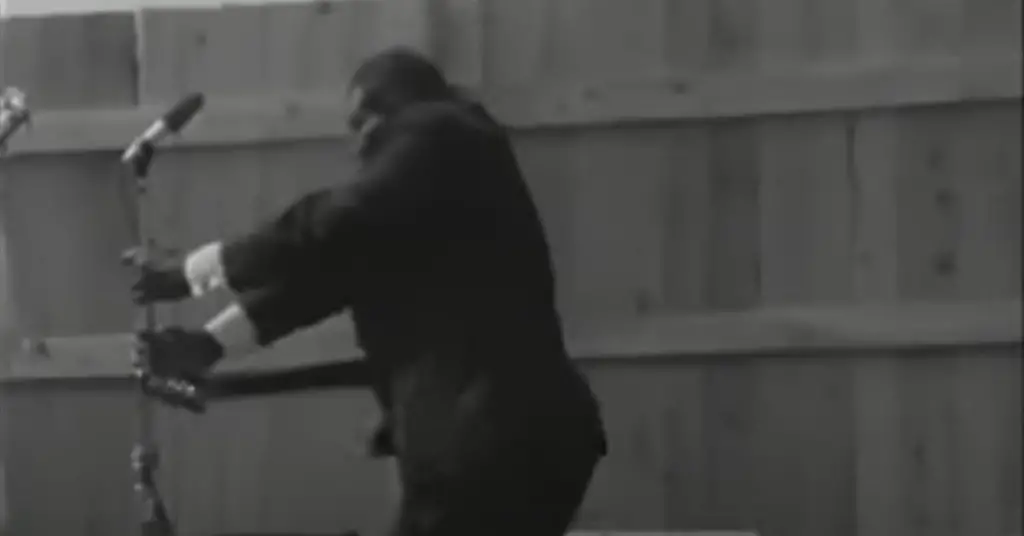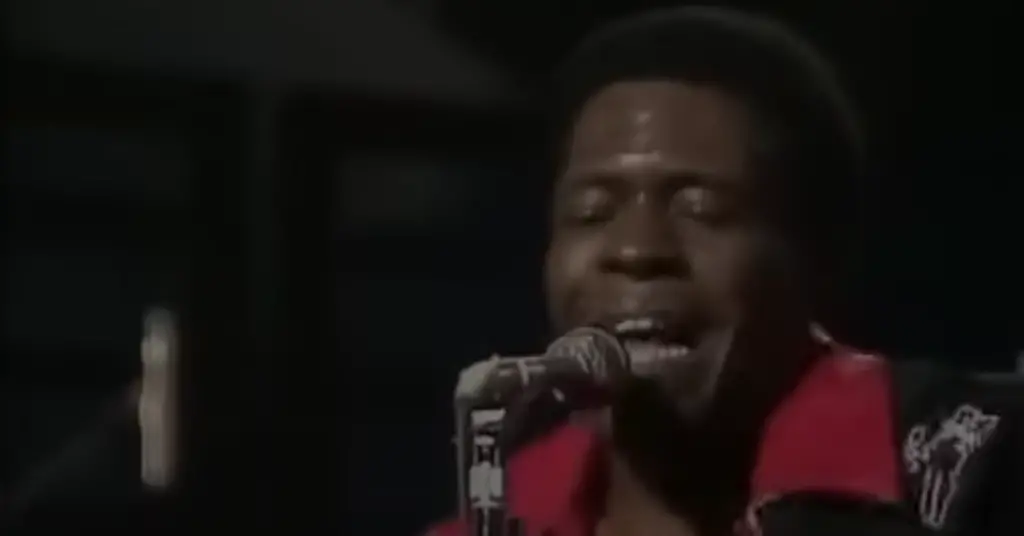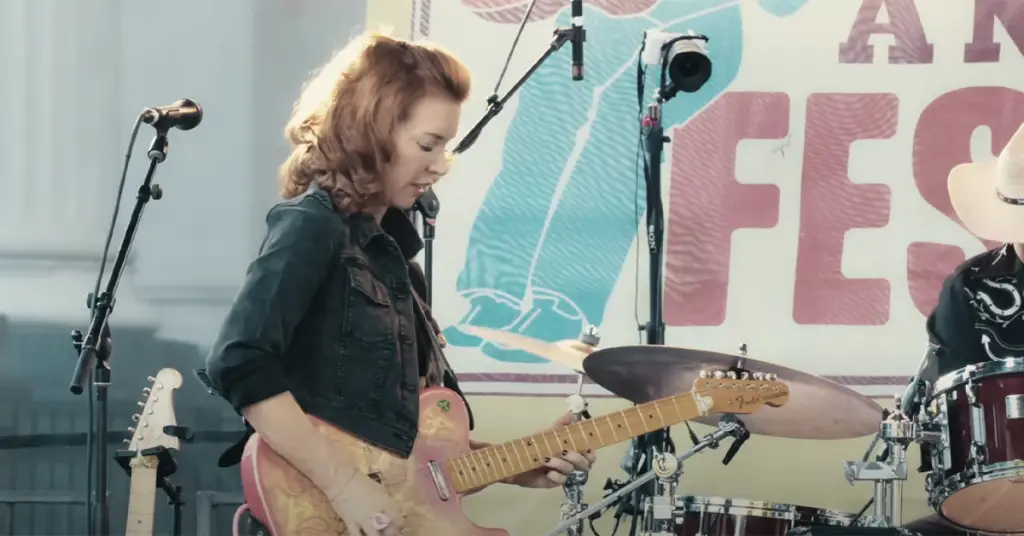Soul, Sweat & Six Strings: How Larry McCray Brought Me Back to the Real Blues
There’s a moment I’ll never forget—windows down, driving some lonely backroad, and Larry McCray’s voice comes through the speakers like thunder wrapped in velvet. The song was “Soulshine.” I’d heard the Allman Brothers do it, sure—but when Larry sang it? Man… it sounded like a prayer and a promise rolled into one.
That was it for me. Hooked. Sold. Fan for life. Larry McCray didn’t just bring the blues back to me—he reminded me why I fell in love with it in the first place.
From the Motor City to the Mississippi Spirit
Born in Magnolia, Arkansas, and raised in Saginaw, Michigan, Larry McCray grew up in a house filled with gospel and blues. He learned guitar from his sister, played in family bands, and by the late ’80s, he was grinding it out in Michigan blues clubs—earning every note with sweat and soul.
His debut, Ambition (1990), dropped like a bomb in the blues world. Suddenly, there was this young, fire-breathing bluesman with the soul of B.B. King, the edge of Albert Collins, and the honesty of Otis Redding.
But Larry? He didn’t chase fame. He chased truth. And that’s what comes through in every album, every solo, every song.
His Sound: Soul-Drenched Blues with Bite
Larry McCray is a blues guitarist with soul singer lungs. His tone is fat and warm—think vintage Gibson through a cranked-up amp. He plays with fire but never overplays. Every bend, every lick feels earned.
And that voice? Deep, resonant, full of conviction. He doesn’t just sing the blues—he testifies. Whether it’s heartbreak, hard times, or hope, Larry sings it like he lived it. And chances are, he did.
His music isn’t just blues—it’s a blend of soul, R&B, gospel, rock, and Delta grit. And the magic? He makes it feel effortless.
The Albums That Lit the Fire in Me
Larry’s discography is a blues lover’s goldmine. Here are the ones that grabbed me and never let go:
- 🔥 Ambition (1990) – His debut. Raw, hungry, and powerful. Still holds up as one of the best first albums in modern blues.
- 🎸 Delta Hurricane (1993) – Produced by Mike Vernon (of Clapton fame). It’s big, bold, and beautifully crafted.
- 🎤 Believe It (2000) – A soulful gem. Highlights Larry’s vocal power and songwriting chops.
- 💥 Blues Without You (2022) – His comeback masterpiece. Produced by Joe Bonamassa and Josh Smith. It’s deep, emotional, and absolutely electric. “Arkansas” and “Down to the Bottom” are worth the album alone.
That last record? It’s a statement. After years under the radar, Larry came back swinging—and it’s some of his best work yet.
Live: The Church of McCray
I caught Larry McCray live at a small blues fest, and I swear, the whole crowd levitated. He didn’t just perform—he connected. His guitar spoke like a preacher, his vocals cut like truth, and every song felt like it came straight from the gut.
No gimmicks. No ego. Just a man and his guitar, laying it down like his life depended on it.
And when he played “Soulshine”? There were tears. Mine included.
Why Larry McCray Deserves the Spotlight Now
In a blues world that sometimes feels stuck in the past or too slick for its own good, Larry McCray is the real deal. He’s not chasing trends. He’s chasing feeling.
He brings the grit of the Delta, the soul of Motown, and the fire of rock ‘n’ roll—and he blends it into something timeless.
Plus, he’s one of the few modern bluesmen who’s as strong on vocals as he is on guitar. That balance? It’s rare. And needed.
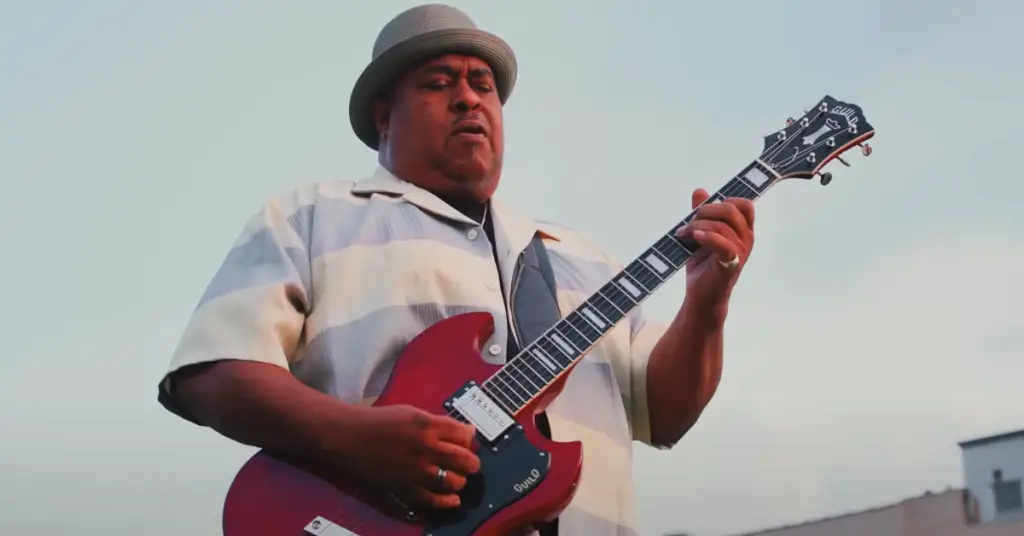
Where to Start If You’re New
Ready to meet your next blues obsession? Here’s your Larry McCray starter kit:
- 🎧 Blues Without You (2022) – Modern masterpiece. Emotional, tight, unforgettable.
- 💿 Delta Hurricane – Big production, killer playing.
- 🔥 Ambition – Raw and real from the jump.
- 📺 YouTube: Search “Larry McCray live 2023” or “Soulshine Joe Bonamassa Keeping the Blues Alive” to see him in full fire-breathing form.
More at larrymccray.net
Larry McCray doesn’t just play the blues—he lifts it, shapes it, and sends it soaring. He’s got the voice of a soul singer, the chops of a guitar god, and the heart of a man who’s lived every line he sings. And for this blues fan, that makes him nothing short of essential.
Thank you
We appreciate your time and dedication to reading our article. For more of the finest blues guitar music, make sure to follow our Facebook page, “I Love Blues Guitar”. We share exceptional selections every day. Thank you once again for your continued support and readership.




